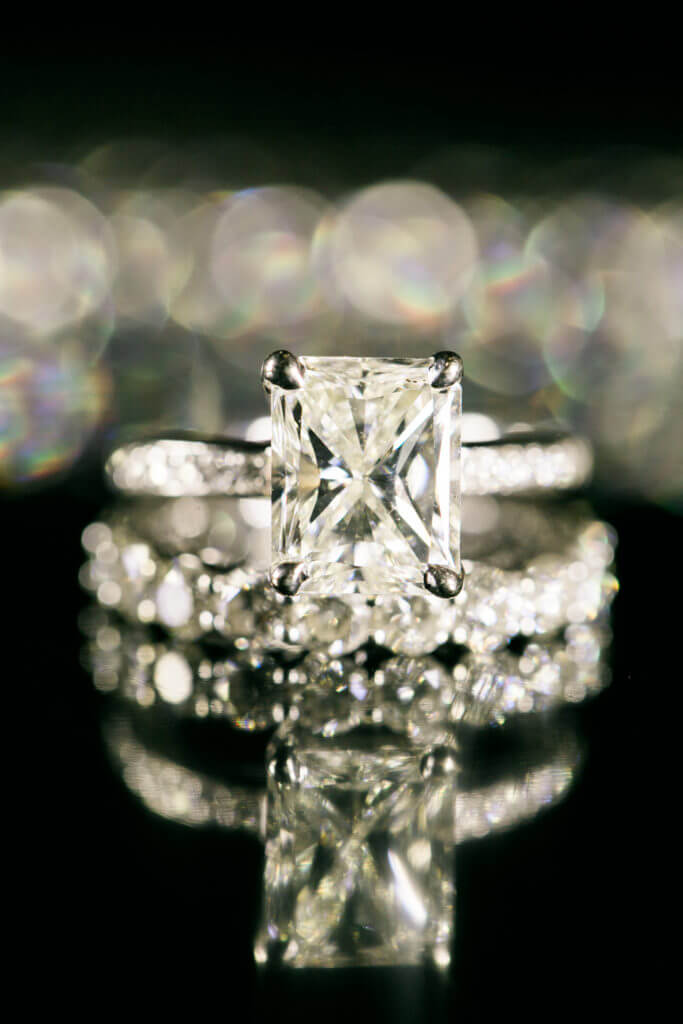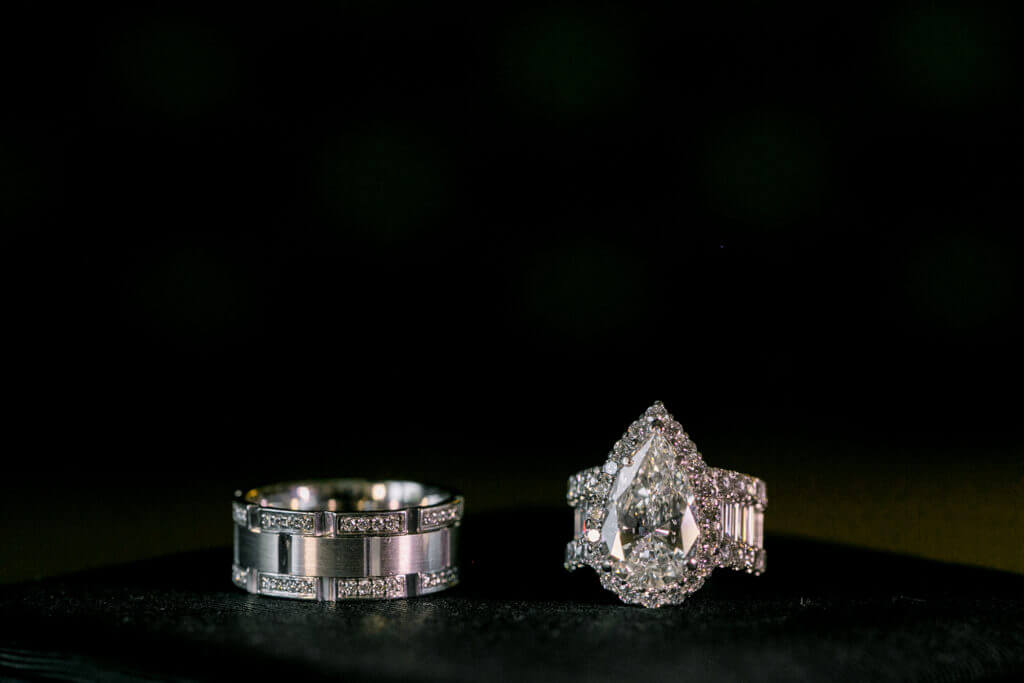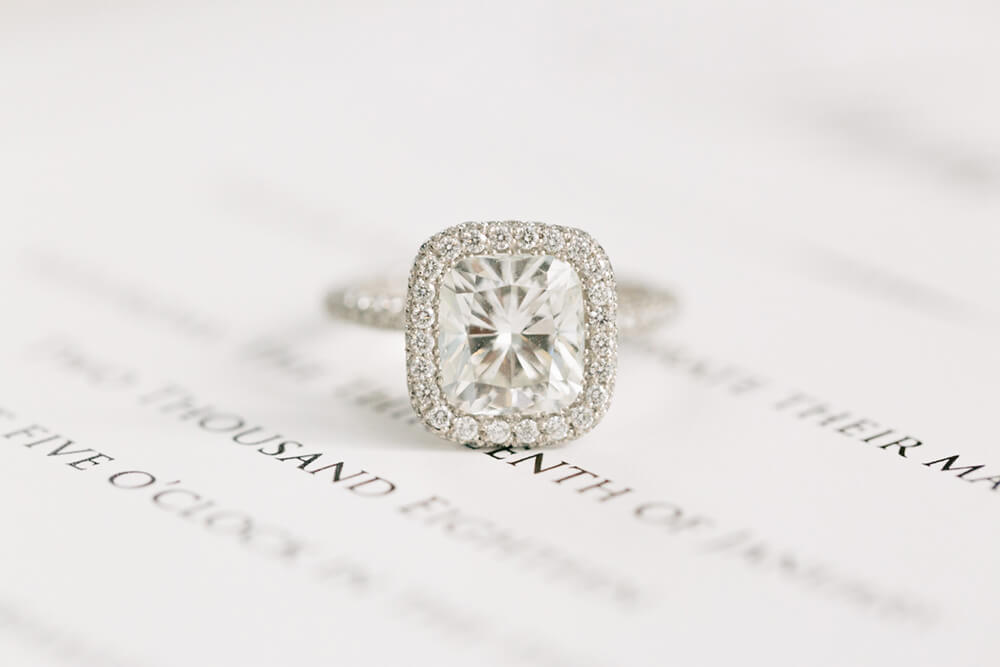Welcome to my blog, I’m Gloria Mesa, and I own this wedding blog where I put my ideas ideas for engagement rings , now about engagement rings. I genuinely hope you’re finding something useful. I try my best to give you interesting information that you may find in various places, so I try to recapitulate everything for engaged couples and bride-to-be.
I have been obsessed with diamonds ( Who doesn’t), and I love them. They are amazing, and I can’t get enough of them. You can say that I LOVE diamonds.
Since I am no expert and some people specialized in gemologists. I thought I gather a bit of that information for you! I hope you find this valuable. I am giving a HUGE shout to Benjamin Khordipour, a gemologist in New York. He describes this info in his blog.
VVS2 Clarity – Basic Characteristics
VVS2 or Very Very Slightly Included two is the lower-tier grading in the VVS category. It signifies that the inclusions’ properties are different from VVS1, IF, or FL diamonds.
Flawless don’t have any inclusions or blemishes when observed under 10x magnification. The inclusions are how an expert grader would find the diamond, and you should get the same result if you’re to look at the diamond yourself. See little dark spots on your stone? Those are the inclusions. The more you see, the less it will cost. On the other hand, IF diamonds don’t have any inclusions, save for some minor blemishes.
These minuscule flaws on the surface of the stone won’t affect the overall characteristics of the diamond. On top of that, they’ll remain invisible to the naked eye no matter how hard you try to improve the viewing point and light.






VVS2 Inclusion Sections
The thing is that some inclusions are almost inevitable. It takes one to three billion years and has intense heat and pressure to transform carbon-containing organic matter into diamonds.
Instituted VVS2 inclusions are few and far between, but how do they compare to those found in VVS1 diamonds? For both of grades, the standard inclusions come in pinpoints, feathers, or needles. If the stone is cloudy or grainy, you’re not looking at a VVS2 or VVS1 diamond.
Regarding the difference between the two grades, VVS2 being the lower grade means that this rating’s diamonds may have a more significant number of inclusions. Either that or they could be near the stone’s plateau.
For instance, you might stumble upon a VVS1 diamond that has five or more pinpoint inclusions. But as long as these inclusions don’t cluster together to form a cloud, they’re like as not invisible to the naked eye. WOW! mind-blowing~
In contrast, a VVS2 diamond could have a couple of feather inclusions with pronounced reflectivity. As such, these inclusions would be easier to spot, hence the lower rating.
Specific inclusions may have an odd color in that they appear white, and some crystal pinpoints are dark. It will affect the grading but not the overall color of the diamond. Quite the contrary, the lower color grade might mask the inclusion-imposed color.
What About the Cut?
Most experts would agree that the cut is the king. In other words, the cut accentuates a stone’s natural brilliance and color while hiding some inclusions.
That’s why the number and type of inclusions determine the appropriate cut. A jeweler may attempt to mask the inclusions’ reflection or incorporate them into the diamonds’ flow whenever possible. So based on the stone, the expert will suggest the cut. That is incredible that you can ask for those inclusions with a specific design.
Do you have a favorite form? Let me know if you find this helpful conversation by commenting below.
